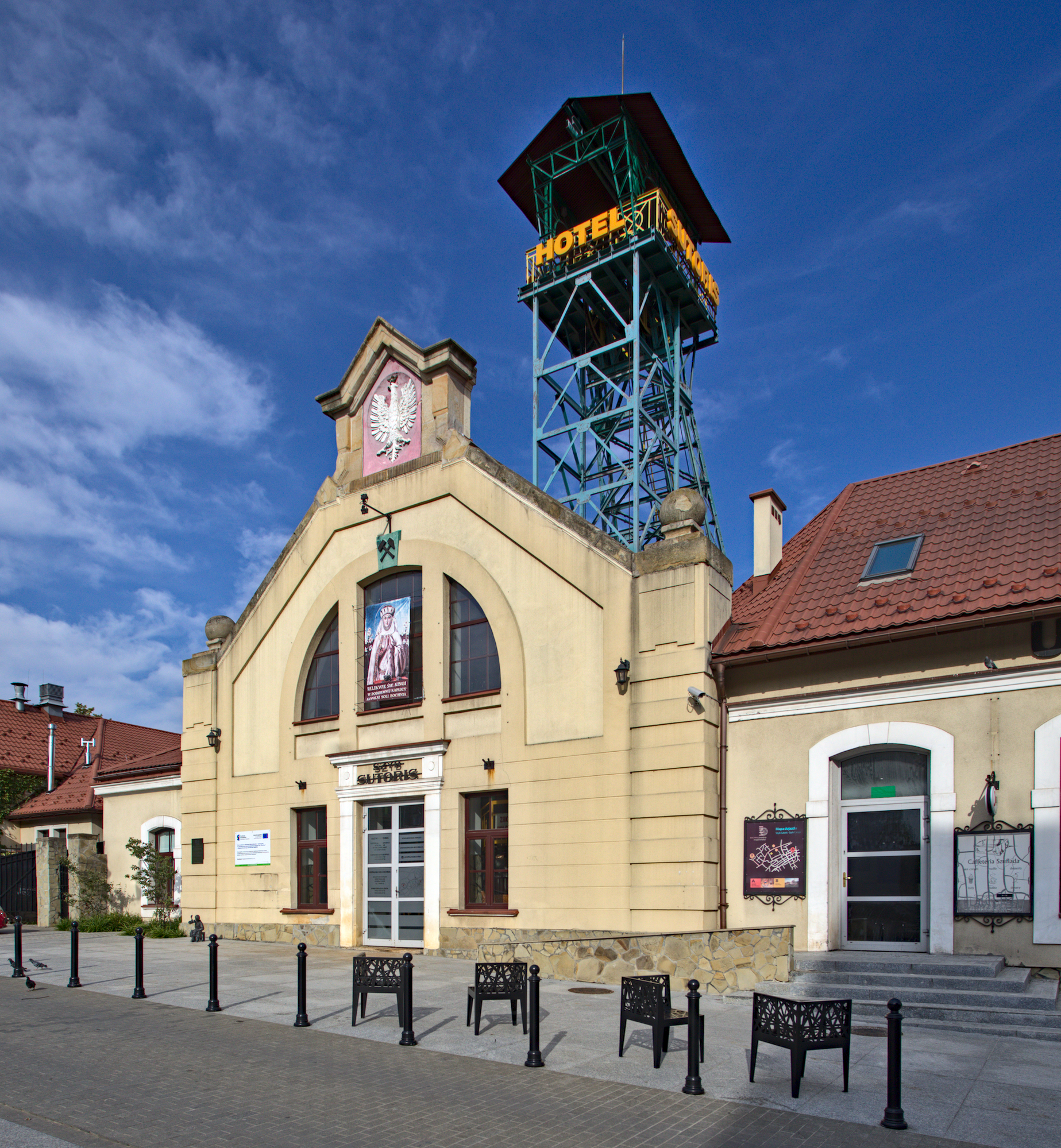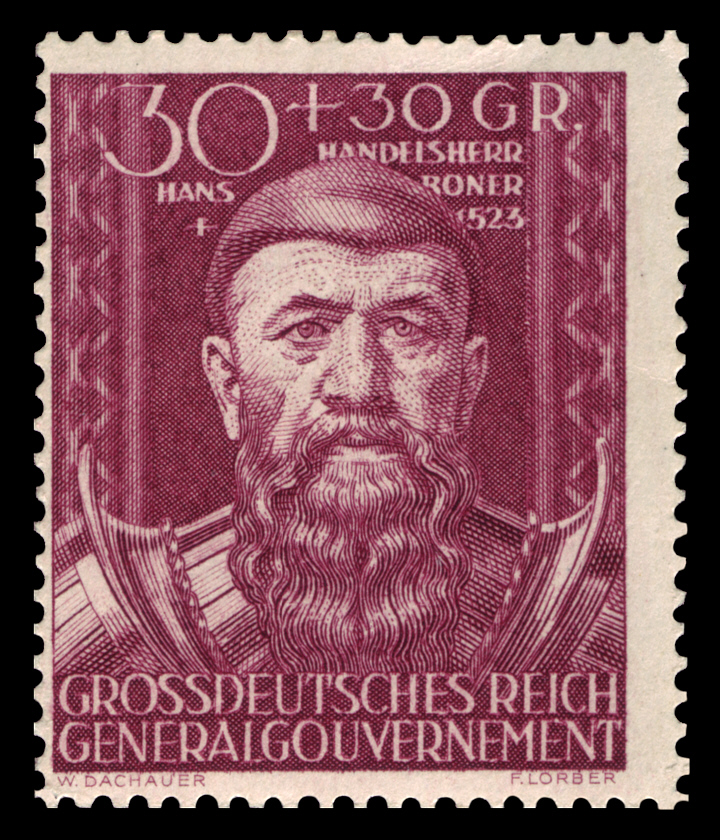|
┼╗upnik
A ┼╝upnik (from ''┼╝upa'', old Polish word for a salt mine) in Polish salt and metal mining between the 13th and 18th century was a manager which oversaw the operations of a mining district, often in the name of the king. ''┼╗upnik'' was in charge of the Royal Wieliczka Salt Mine and the Bochnia Salt Mine in southern Poland, near the original capital city of Krak├│w of the Piast dynasty The House of Piast was the first historical ruling dynasty of Poland. The first documented List of Polish monarchs, Polish monarch was Duke Mieszko I of Poland, Mieszko I (ŌĆō992). The Poland during the Piast dynasty, Piasts' royal rule in Pol .... Notable ┼╝upniks include Jan Boner. References Mining in Poland Government officials of the PolishŌĆōLithuanian Commonwealth {{mining-stub ... [...More Info...] [...Related Items...] OR: [Wikipedia] [Google] [Baidu] |
Bochnia Salt Mine
The Bochnia Salt Mine () in Bochnia, Poland, is one of the oldest salt mines in the world and is the oldest commercial company in Poland. The Bochnia salt mine was established in 1248 after salt had been discovered there in the 12th and 13th centuries and became part of the royal mining company, ''┼╗upy krakowskie'' (Krak├│w Salt Works). In 1990, the mine ceased producing salt but remained a tourist attraction. The mine is on the UNESCO list. In 1981 the Bochnia salt mine was declared a heritage monument. It is one of Poland's official national List of Historical Monuments (Poland), Historic Monuments (''Pomnik historii''), as designated on 6 October 2000 and is overseen by the Narodowy Instytut Dziedzictwa, National Heritage Board of Poland. The chapel in the mine has train tracks running through it. History The mine shafts measure in length at about in depth below the surface, at 16 levels. In 2013, the mine was added to the World Heritage Site, UNESCO World Heritage List ... [...More Info...] [...Related Items...] OR: [Wikipedia] [Google] [Baidu] |
Poland
Poland, officially the Republic of Poland, is a country in Central Europe. It extends from the Baltic Sea in the north to the Sudetes and Carpathian Mountains in the south, bordered by Lithuania and Russia to the northeast, Belarus and Ukraine to the east, Slovakia and the Czech Republic to the south, and Germany to the west. The territory has a varied landscape, diverse ecosystems, and a temperate climate. Poland is composed of Voivodeships of Poland, sixteen voivodeships and is the fifth most populous member state of the European Union (EU), with over 38 million people, and the List of European countries by area, fifth largest EU country by area, covering . The capital and List of cities and towns in Poland, largest city is Warsaw; other major cities include Kraków, Wrocław, Łódź, Poznań, and Gdańsk. Prehistory and protohistory of Poland, Prehistoric human activity on Polish soil dates to the Lower Paleolithic, with continuous settlement since the end of the Last Gla ... [...More Info...] [...Related Items...] OR: [Wikipedia] [Google] [Baidu] |
Krak├│w
, officially the Royal Capital City of Krak├│w, is the List of cities and towns in Poland, second-largest and one of the oldest cities in Poland. Situated on the Vistula River in Lesser Poland Voivodeship, the city has a population of 804,237 (2023), with approximately 8 million additional people living within a radius. Krak├│w was the official capital of Poland until 1596, and has traditionally been one of the leading centres of Polish academic, cultural, and artistic life. Cited as one of Europe's most beautiful cities, its Krak├│w Old Town, Old Town was declared a UNESCO World Heritage Site in 1978, one of the world's first sites granted the status. The city began as a Hamlet (place), hamlet on Wawel Hill and was a busy trading centre of Central Europe in 985. In 1038, it became the seat of King of Poland, Polish monarchs from the Piast dynasty, and subsequently served as the centre of administration under Jagiellonian dynasty, Jagiellonian kings and of the PolishŌĆōLithuan ... [...More Info...] [...Related Items...] OR: [Wikipedia] [Google] [Baidu] |
Piast Dynasty
The House of Piast was the first historical ruling dynasty of Poland. The first documented List of Polish monarchs, Polish monarch was Duke Mieszko I of Poland, Mieszko I (ŌĆō992). The Poland during the Piast dynasty, Piasts' royal rule in Poland ended in 1370 with the death of King Casimir III the Great. Branches of the Piast dynasty continued to rule in the Duchy of Masovia (until 1526) and in the Duchies of Silesia until the last male Silesian Piast died in 1675. The Piasts intermarried with several noble lines of Europe, and possessed numerous titles, some within the Holy Roman Empire. The Jagiellonian dynasty, Jagiellonian kings ruling after the death of Casimir IV of Poland were also descended in the female line from Casimir III's daughter. Origin of the name The early dukes and kings of Poland are said to have regarded themselves as descendants of the semi-legendary Piast the Wheelwright (''Piast Ko┼éodziej''), first mentioned in the ''Cronicae et gesta ducum sive pri ... [...More Info...] [...Related Items...] OR: [Wikipedia] [Google] [Baidu] |
Jan Boner
Jan Boner (before 1463ŌĆō1523), also known as Hans Boner, was a German naturalised Polish merchant and banker. He was one of the wealthiest people of his time in Europe. Born before 1463 in Landau in Palatinate, early in his life he started a merchant business in Breslau. In 1483 he settled in Krak├│w, in Poland. A wealthy merchant and tradesman dealing with spices, metals, timbers, livestock, etc., he opened branch offices of his firm in many towns of Poland, Germany, Russia and Hungary. In 1498, he was elected to the Town's Charter, and in 1514, he was granted citizenship by King Sigismund I of Poland, who granted him with a noble status. As the king's banker and main purveyor to the royal court, Boner became one of the wealthiest men in Europe of his times. Among other deeds, he was able to recover the royal treasury from the verge of bankruptcy, having strengthened it with roughly 200,000 Red z┼éoty, an incredible sum for 15th century standards. He bought off the Royal p ... [...More Info...] [...Related Items...] OR: [Wikipedia] [Google] [Baidu] |
Mining In Poland
The economy of Poland is an emerging and developing, high-income, industrialized mixed economy that serves as the sixth-largest in the European Union by nominal GDP and fifth-largest by GDP (PPP). Poland boasts the extensive public services characteristic of most developed economies and is one of few countries in Europe to provide no tuition fees for undergraduate and postgraduate education and with universal public healthcare that is free at a point of use. Since 1988, Poland has pursued a policy of economic liberalisation but retained an advanced public welfare system. It ranks 19th worldwide in terms of GDP (PPP), 20th in terms of GDP (nominal), and 21st in the 2023 Economic Complexity Index. Among OECD nations, Poland has a highly efficient and strong social security system; social expenditure stood at roughly 22.7% of GDP. The largest component of Poland's economy is the service sector (62.3%), followed by industry (34.2%) and agriculture (3.5%). Following the economi ... [...More Info...] [...Related Items...] OR: [Wikipedia] [Google] [Baidu] |



